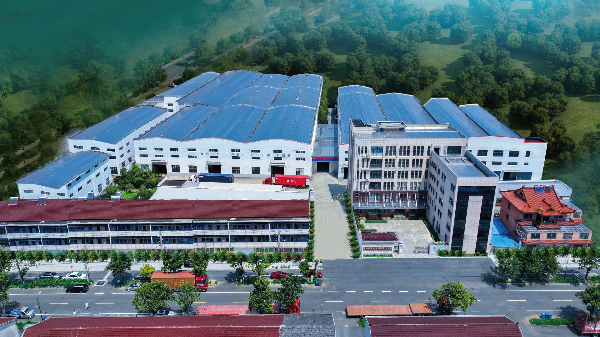Por qué elegirnos
Fundada en 1992, Changzhou Shentong Machinery (Jiangsu Shentong desde 2018) se especializa en la fabricación de equipos completos para líneas de extrusión de plástico. Con más de 30 años de experiencia en el sector, integramos ingeniería de precisión con instalaciones de producción avanzadas, incluyendo centros de mecanizado CNC multieje y líneas automatizadas. Nuestros sistemas de eficiencia energética prestan servicio a clientes globales en los sectores de embalajes tejidos, geotextiles e industriales, priorizando la fiabilidad operativa y el manejo intuitivo. Con múltiples patentes y certificación ISO, colaboramos internacionalmente para ofrecer soluciones personalizadas que cumplen con estrictos estándares de calidad.

